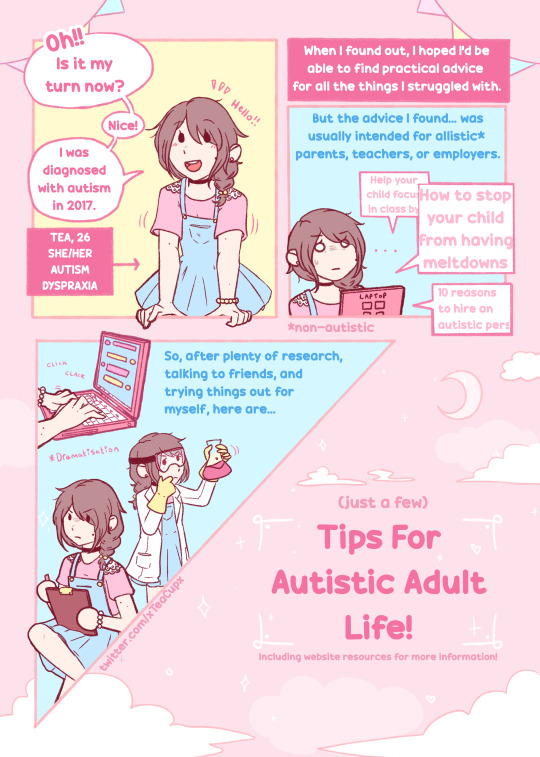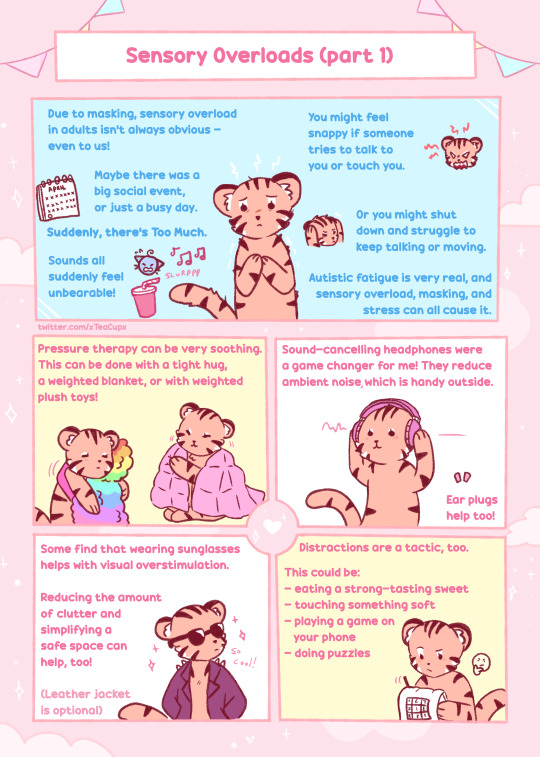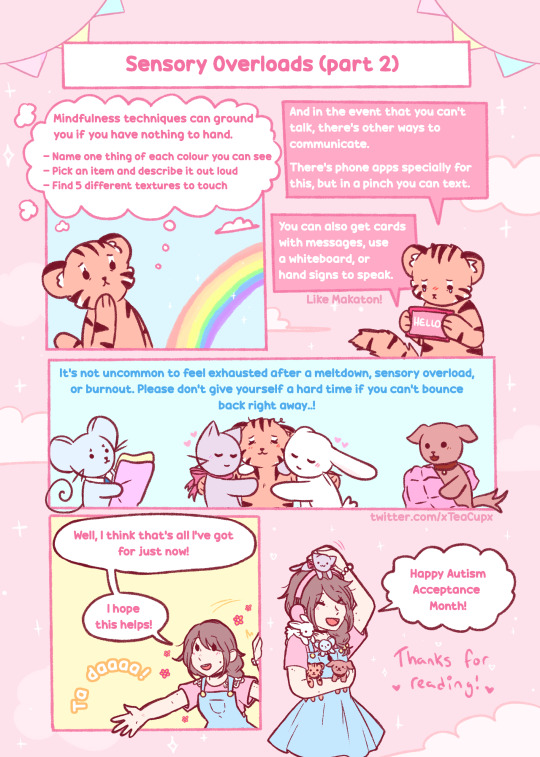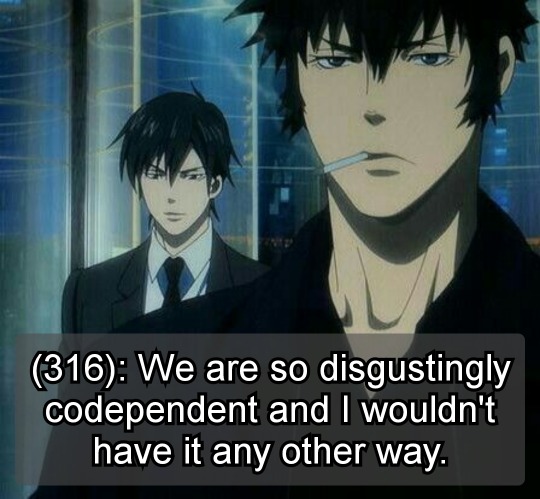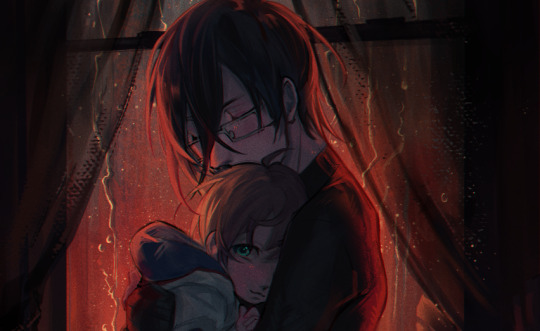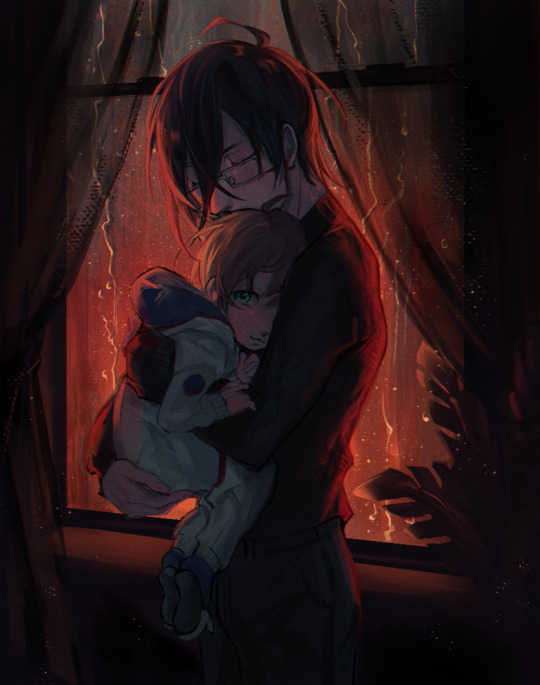Text
diversity loss this trans man is just as much of an emotionally unavailable avoidantly attached brick as any cis guy
20K notes
·
View notes
Text
Japanese Apps instead of Duolingo
Beelinguapp
Bluebird
Bunpo
Busuu
Clozemaster
Drops
HeyJapan
Hiragana Quest
Infinite Japanese
kawaiiDungeon
Ling
Lingodeer
Lingopie
Lingvist
LingQ
LyricsTraining
Mango
Mondly
Oyomi Japanese Reader
renshuu
Takoboto Japanese Dictionary
Todaii
Qlango
Write It! Japanese
571 notes
·
View notes
Text
Love how tumblr has its own folk stories. Yeah the God of Arepo we’ve all heard the story and we all still cry about it. Yeah that one about the woman locked up for centuries finally getting free. That one about the witch who would marry anyone who could get her house key from her cat and it’s revealed she IS the cat after the narrator befriends the cat.
323K notes
·
View notes
Text
I don’t think I’m qualified to introduce this news to fan community overseas, but nobody is talking about it in English so
Kenshi Yonezu wrote a new song with strong feministic messages!!!!
You might recognize him as the guy who did KICK BACK for Chainsaw Man / Spinning Globe for the Boy and the Heron. Or even as Hachi, a Vocaloid creator.
And this is the song, Sayonara, with the original title meaning “See Ya, Someday Again!”
An important point is that this song was made as the theme song of a Japanese drama Tora ni Tsubasa, or “A Tiger With Wings”. Which is a traditional saying describing a strong person gaining even stronger power. The drama features the life of Japan’s first female lawyer, born in 1910. The Tiger in the title is a metaphor for the protagonist.
Now, could you bear with me for 1.5 min and watch the drama’s OP featuring Yonezu’s song? You can mute it, you don’t even have to listen to the song.
See? Straightforward message - this drama empowers women!! In the video, paintings of various women from the past century, often struggling, are shown. And finally, protagonist dances with female back dancers. They are a modern nurse, a schoolgirl, a housewife from early 20th century, a modern office worker, a fashionable young woman, a girl from WWII era, everybody.
Now you know the context. The drama is called A Tiger With Wings. The drama is about a splendid woman who was born a century ago. The drama believes in women’s power.
Next, you have to bare with my translation of the song Sayonara. Trust me, it’s better than the one you found online.



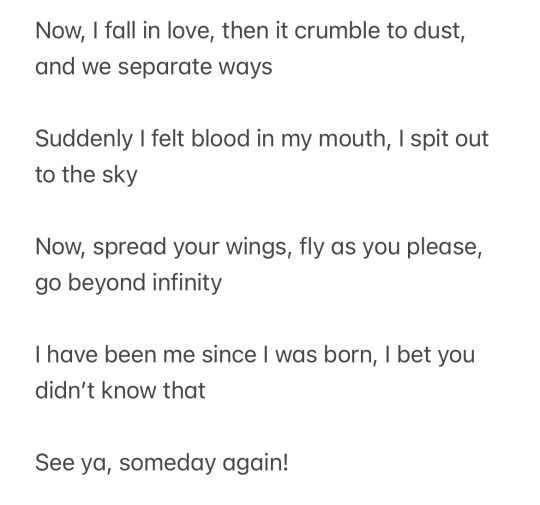
If this is not carrying feministic message, what is? The lyric well describes the struggle of past women who fought for women and continued hoping. This even read as past women talking to present women (“you who lives 100 years from now”).
I consider this Yonezu’s first work which features a powerful woman as a protagonist. Yeah his song featured female figures, but they were often subject to men’s love, or just straightforward unhappy. Don’t get me wrong I love every single piece made by him.
In addition to that, his previous songs are often boyish or masculine. It’s understandable, as they’re often a theme song for media with male protagonists, and his videos are made being focused on him, on a man. Again, don’t get me wrong I love every single piece made by him.
What makes me happy is that Sayonara proved that Yonezu, a man well known with splendid songs featuring men, can make a splendid song featuring women.
43 notes
·
View notes
Text
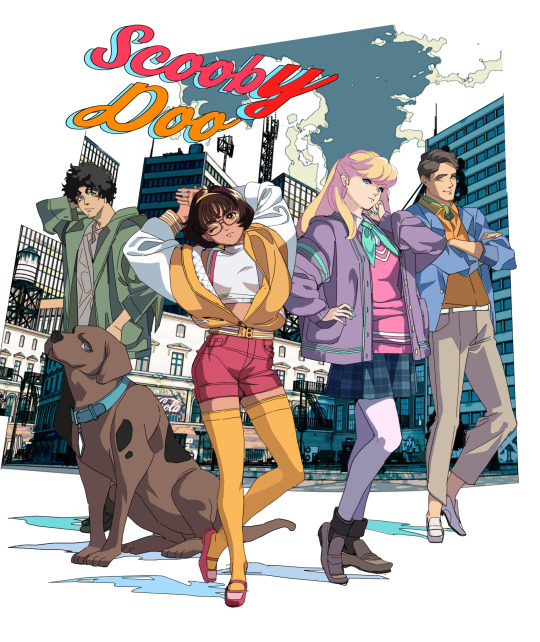
★ 【江戸屋犬八】 「 Scooby doo in TOKYO 」 ☆
✔ republished w/permission
⊳ ⊳ follow me! insta • x • bsky
647 notes
·
View notes
Text
Apparently people who don't have executive dysfunction think that actually working on something is the hardest part of doing something. And that's why they get mad that you call the rest of the project "easy" after you've finally worked through doing the plan and know what to do when you're working.
So when you're through with the epiphany of how to make it physically possible to make the thing you're making, and you're sharing the plan with excitement, because the hard part is over, and now you only have to get your hands moving and do it, they get mad at you like
"it's not that easy! It's a lot of hard work! >:C"
they mean it, because
to them, working is the hardest part.
They don't have to fight their brains to get started. They don't have to fight their way through making the choices, making the plan, making yourself make the thing. People who don't suffer from executive dysfunction think that the hardest part is actually doing the thing.
45K notes
·
View notes
Text
psycho-pass providence ✧ crime coefficient challenge
nojima kenji (ginoza nobuchika) vs seki tomokazu (kougami shinya)
12 notes
·
View notes
Text
214K notes
·
View notes
Text
HAPPY BIRTHDAY QUEEN 👑 AKANE

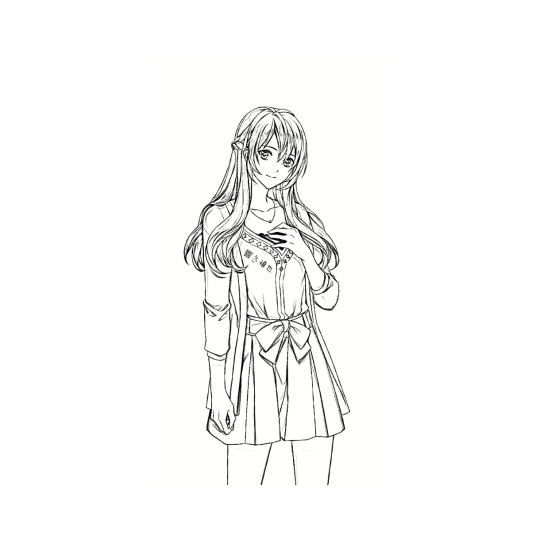
POV: Sketch Attempt for Akane revamp. But yeah, long hair wasn't possible to the original concept.
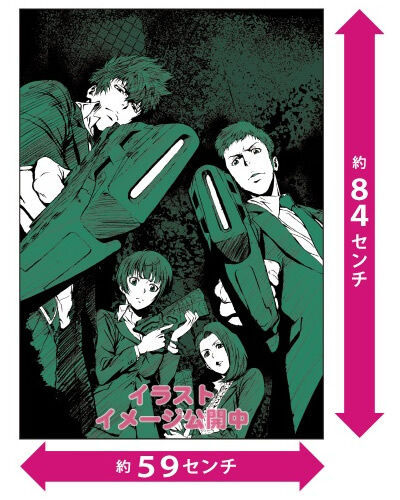
Note: Just found this one in the media pamphlets. But I'm always wondering how would it look like if Kou-chan's most favorite people; Akane-chan and Sasayama-san work together? 🤔


POV: Kogami-san's attempt to bake a cake for Akane-chan 😅🤭🤣. But ends up eating half of it with Ginoza, because she's late.

POV: Akane-chan thinking who to celebrate her birthday with? 🎉🎂🥳

Hi Shizuka-san 🤗❣️💗😻
12 notes
·
View notes
Text
My Favourite Japanese Children's Shows
My son is 3 and I have watched a lot of Japanese children's shows with him (screen time is family time!). Here are some of my faves and why. These shows are all from NHK E-TV. Would I recommend to use these for personal study? I am using them to help teach my son Japanese, and for this it works doubly well as I learn how children's society operates in Japan and how Japanese people learn Japanese as well as social etiquette. If you don't have a child, you might get bored easily from these as they are not designed with an adult audience in mind, and you can find much better resources online. You also need a subscription to NHK somehow to watch them, which could be difficult or costly to obtain overseas. However, I like the stories and the characters, as well as the little things I learn from watching them. If you are thinking of teaching your child Japanese this might be a useful resource.

いないいないばあっ! Inai inai baa! (Peek-a-boo!)
This show is designed for very young children and features the beloved dog Wan Wan, played by the same actor since it first started airing in 1996. Wan Wan is accompanied by a young girl, played by various actresses in a succession over the year, and other fun characters. There is singing and make-believe and crafts, as well as short segments featuring nature (animals, plants) or short animations. It's very slow as it is made for infants and toddlers, but that makes it very cute. A group of specially selected young toddlers appears for the dances and songs.
Why I Like It: The animation is fun and visually appealing, the activities are play based and you can do them at home, and you learn some new vocabulary.
Age: Infants to young Toddlers
Clip: DVD Advertisement

おかあさんといっしょ Okaasan to issho (With Mother)
This show is designed to be watched with mom (it comes on in the mornings and evenings on NHK E-TV). There are a male and female singing talent, and a male and female athletic talent, who participate in singing and acting clips. There are also a group of costumed characters that have a short story that is continued each week. It has a variety of songs, short skits, a collection of human and costumed actors, and a predictable flow that changes slightly based on the day of the week (e.g. teeth brushing days, story days, etc.). It also shows real kids doing real activities, which kids like to watch.
Why I Like It: The songs are easy and catchy, the stories are easy to follow and the words are spoken clearly and precisely.
Age: Infants to Toddlers/Preschoolers
Clip: DVD Advertisement
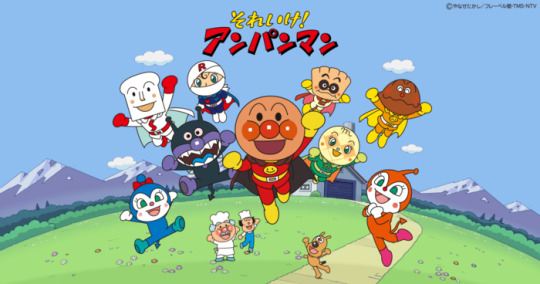
アンパンマン Anpanman (Anpanman)
This cartoon is a long running cartoon for children (since 1988!) with an incredible line of every toy imaginable to supplement your love for the red-bean bun man (anpan = red bean bun pastry). The story lines are simple and predictable, there are a variety of "fairy" characters that are composed of different Japanese food items, plants, utensils, and animals; and in the end the villains are just really hungry. Anpanman works to help people who are in trouble or hungry (sometimes even the villains), or being bullied by the hungry villains and the story always ends well.
Why I Like It: The plot is easy to follow and you can learn about Japanese food and drink specialties via the endless supply of characters, and the songs are catchy.
Age: Infants to Toddlers/Preschoolers
Clip: Ending TV Theme Song
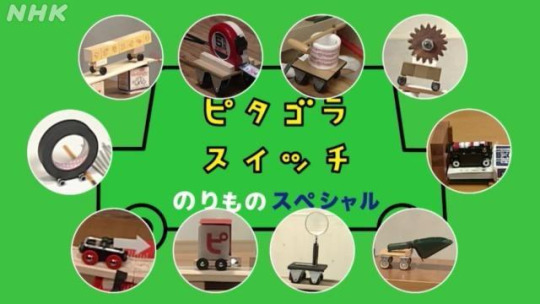
ピタゴラスイッチ Pitagora Suicchi (Pythagora Switch)
Pythagora Switch is a 15-minute long show involving devices (Pythagora Switch) that are equivalent to the American Rube Goldberg machine and the British Heath Robinson contraption - basically, a sequence of events made from household objects that end with (usually) the words ピタゴラスイッチ being revealed. The idea is to encourage children to augment their way of thinking and to solve or understand what the machine will do before they see the movements happen. There are also other segments in which mechanisms are explained and shown visually. And usually there is rock-paper-scissors via a Pythagora Switch where you work out what the device will throw and try to beat it! The language in this show is more complicated because it is geared to a wider, older audience.
Why I Like It: It helps me to think and enthralls my son with the moving parts. It's puzzle solving and sparks interest in the way the world works.
Age: Toddlers to Elementary School Students
Clip: 4 3 2 1 2 1 そうち
91 notes
·
View notes





